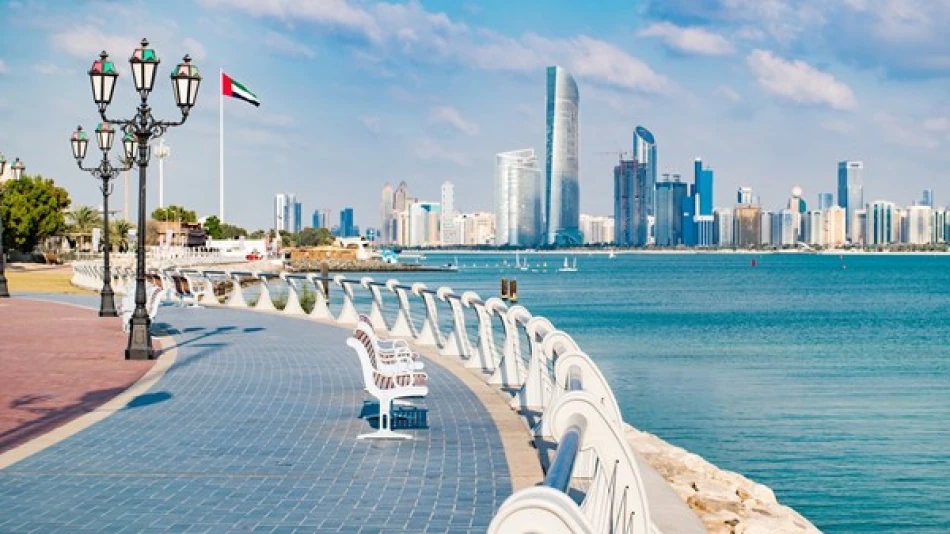
Weathercast: Expect Sunny Skies Across the UAE Tomorrow
UAE Braces for Afternoon Thunderstorms as Seasonal Weather Patterns Shift
The UAE's National Center of Meteorology forecasts a dynamic weather day ahead, with clear morning skies giving way to potential thunderstorms and dust-stirring winds by afternoon. The eastern regions face the highest probability of rainfall as cumulus clouds build throughout the day, reflecting the country's transitional seasonal patterns that significantly impact both daily life and economic activities across the Emirates.
Weather Breakdown: From Clear Skies to Storm Potential
Tomorrow's weather will begin with clear to partly cloudy conditions before transitioning to more unstable atmospheric patterns. The eastern mountainous regions, including areas around Fujairah and Ras Al Khaimah, are expected to experience the most dramatic changes as cumulus clouds develop during afternoon hours.
Wind patterns will play a crucial role in the day's weather story. Southeast to northwest winds will range from 10-25 km/h, occasionally gusting up to 40 km/h during daylight hours. These stronger gusts carry enough force to lift dust and sand, potentially reducing visibility in desert areas and affecting outdoor activities.
Maritime Conditions Across Two Seas
Arabian Gulf Waters
The Arabian Gulf will experience light wave conditions, favorable for maritime activities and offshore operations. Tide schedules show high tides at 17:25 and 04:26, with low tides occurring at 10:33 and 22:45. These conditions benefit the UAE's busy shipping lanes and offshore energy sector.
Sea of Oman Patterns
Similarly calm conditions prevail in the Sea of Oman, with light waves and distinct tidal patterns. High tides are scheduled for 13:19 and 02:01, while low tides occur at 20:01 and 07:27. The six-hour time difference in tidal patterns between the two water bodies reflects the UAE's unique geographical position.
Economic and Practical Implications
This weather pattern carries significant implications for the UAE's diverse economic sectors. Construction and outdoor industries should prepare for potential afternoon disruptions, particularly in eastern emirates where rainfall probability is highest. The aviation sector may experience brief delays during peak thunderstorm hours, affecting Dubai and Abu Dhabi's status as major transit hubs.
For the agricultural sector in regions like Al Ain, afternoon rainfall could provide welcome relief for crops, potentially reducing irrigation costs during a typically dry period. However, the accompanying dust storms may pose challenges for solar energy installations, temporarily reducing efficiency of the UAE's expanding renewable energy infrastructure.
Regional Weather Context
This forecast aligns with broader regional patterns affecting the Arabian Peninsula during transitional seasons. Similar conditions often impact neighboring countries like Saudi Arabia and Oman, where afternoon thunderstorms in eastern regions are common during certain times of year. The UAE's advanced meteorological infrastructure, comparable to systems in developed nations, enables precise forecasting that supports both public safety and economic planning.
The calm maritime conditions across both the Arabian Gulf and Sea of Oman underscore the UAE's strategic advantage as a maritime hub, with stable sea conditions supporting the country's role in global shipping and offshore energy production.
Most Viewed News

 Layla Al Mansoori
Layla Al Mansoori






